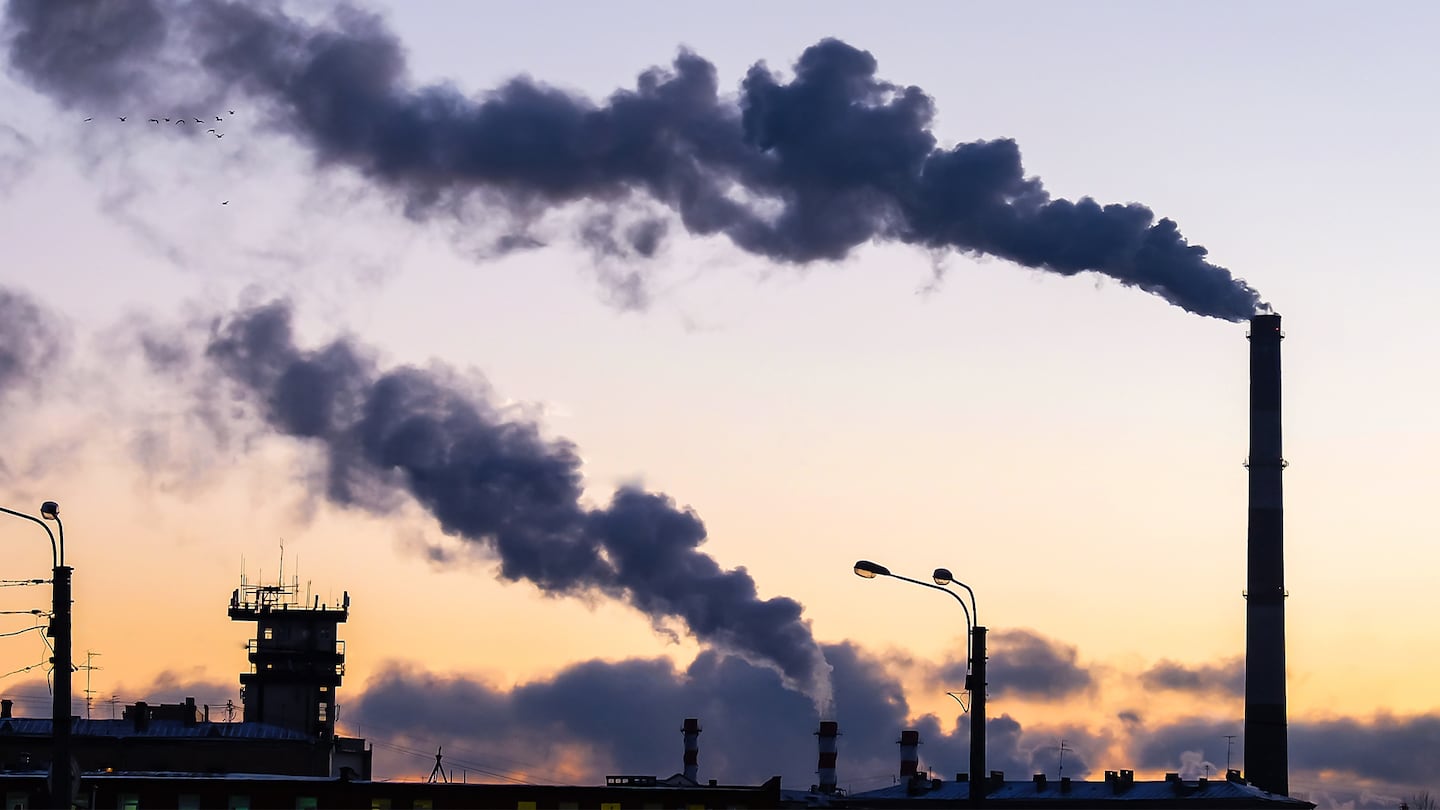
The Business of Fashion
Agenda-setting intelligence, analysis and advice for the global fashion community.

Agenda-setting intelligence, analysis and advice for the global fashion community.

The certifications and standards widely used to lend credibility to big brands’ sustainability claims are coming under fire, as environmental campaigners seek to air concerns ahead of a suite of new policy proposals.
A report from environmental campaigning organisation Changing Markets Foundation published Thursday dubbed the largely voluntary and self-reported initiatives brands commonly use to back up their sustainability efforts as a “licence to greenwash,” pointing to a lack of independence, transparency, ambition and accountability at high-profile schemes including the Higg Index, Cradle to Cradle and The Microfibre Consortium.
“At worst, these schemes are operating as a black box, with no external scrutiny, yet are informing major decisions about fibre and material use,” the report said.
The Sustainable Apparel Coalition, which develops the Higg Index, and Cradle to Cradle said they offer rigorous and scientifically robust tools and certifications designed to drive improvement. The SAC added that the report only looks at one of five tools and understates the scope of its product module. All Cradle to Cradle’s standard and methodology documents are available and open access on its website, CEO Christina Raab said in an email. The Microfibre Consortium said the report misrepresents its work and that the references to the organisation are out of date and inaccurate.
ADVERTISEMENT
The Changing Market Foundation’s report is the second in as many weeks to poke holes in fashion’s efforts to substantiate sustainability claims. A white paper published last Tuesday with the support of sustainability consultancy Eco-Age and the Geneva Center for Business and Human Rights cast a highly critical lens on the tools used to asses fashion’s impact, concluding that the data currently available is deeply flawed.
The two reports come as the European Union is prepares to lay out a series of regulatory proposals intended to drive greater sustainability in the textile and fashion industries over the coming months.
Learn more:
Fashion’s Greenwashing Problem Begins with Bad Data
Fashion is doubling down on ambitious promises to clean up its environmental impact, but bad and misleading data are complicating efforts to build a more sustainable industry.
Editor's Note: This article was revised on 24th March 2022 to include additional comment from the Sustainable Apparel Coalition and The Microfibre Consortium.
Overconsumption and fast fashion have become easy targets for brands flexing their climate-friendly attributes. Consumers may agree with the message — but take issue with a self-righteous tone.
Traces of cotton from Xinjiang were found in nearly a fifth of samples from American and global retailers, highlighting the challenges of complying with a US law aimed at blocking imports that could be linked to forced labour in China.
The fashion industry continues to advance voluntary and unlikely solutions to its plastic problem. Only higher prices will flip the script, writes Kenneth P. Pucker.
The outerwear company is set to start selling wetsuits made in part by harvesting materials from old ones.